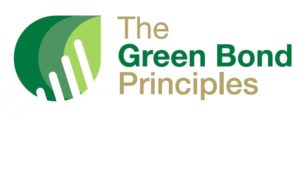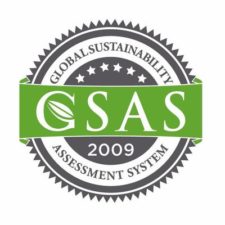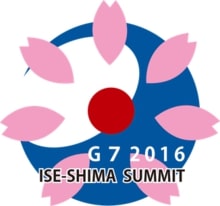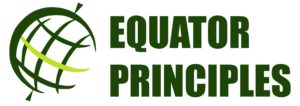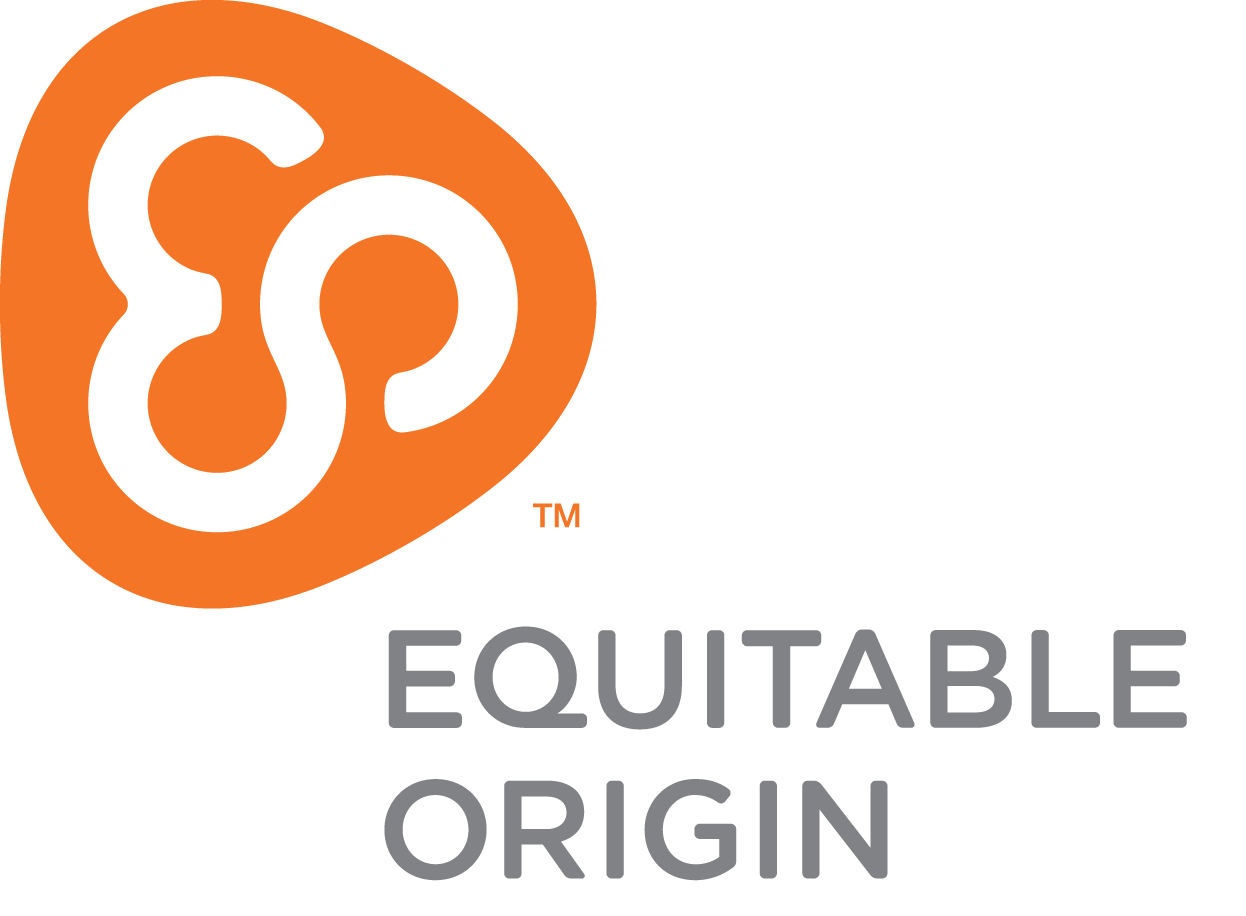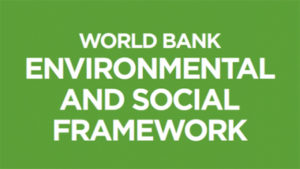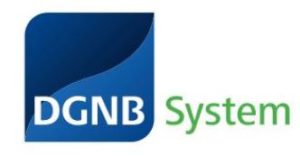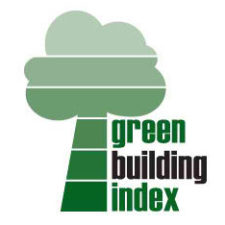
The Green Building Index (GBI) is Malaysia’s recognized green rating system to promote sustainability in the built environment and raise awareness about environmental issues and responsibility to future generations. The tool provides an opportunity for project developers and owners to improve green design and construction. The GBI assessment for townships assesses infrastructure projects’ sustainability at the scale of communities or small neighbourhoods. The evaluation process consists of a Planning Assessment, a Final Planning Assessment, resulting in a pre-certification, and a Completion & Verification Assessment, resulting in a final certification. To maintain the certification, reassessments are required every three years.
Lifecycle Phase(s): Strategic PlanningPublic authorities identify the needs and long-term vision for infrastructure development., Project PlanningGeneral strategy for a project’s delivery is developed., Concept DesignTechnical experts broadly outline the project’s basic characteristics., ProcurementThe provision of goods and services to realize a project are tendered and closed., Detailed DesignTechnical experts further elaborate the Concept Design., ConstructionThe asset is constructed in line with design, budget and timeline., Decomissioning/RepurposingObsolete infrastructure assets are repurposed, recycled or removed and the land is reused or restored.
Type(s) of Tool: Rating SystemsProvide quantifiable sustainability ratings and / or certification for projects or assets.

